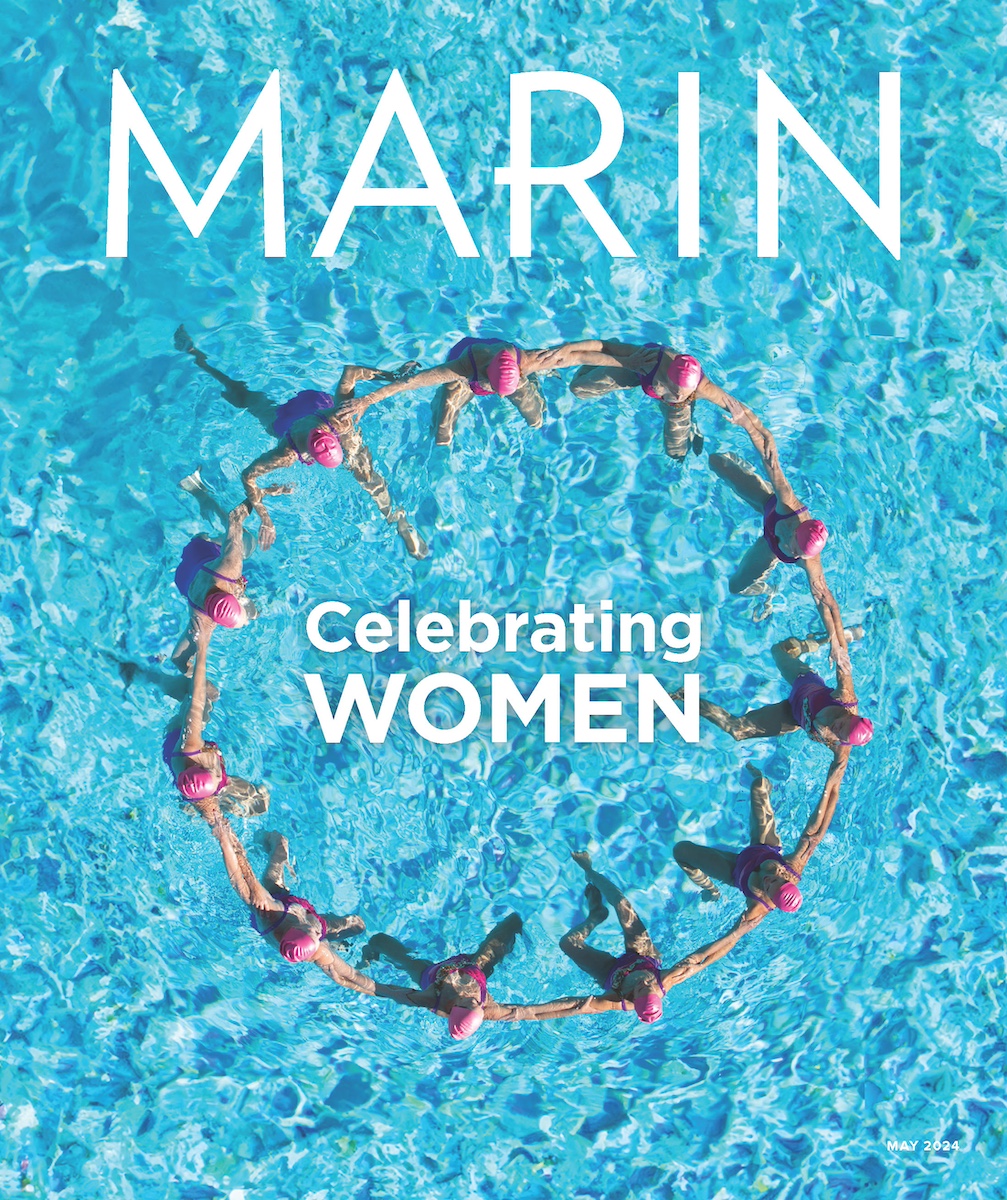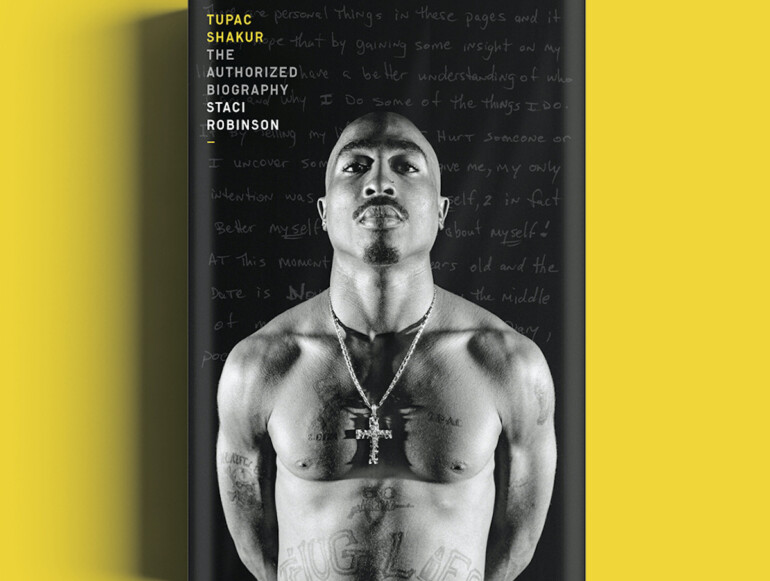So many words have been written about Tupac Amaru Shakur, arguably the most influential rapper to pick up a microphone. Yet Tupac Shakur: The Authorized Biography offers a new picture of the icon whose record-breaking career ended almost as quickly as it started.
Written by Staci Robinson, a Mill Valley native and friend to Shakur, the biography charts the rapper’s life and his many influences. Top of the list was his late mother Afeni, who instilled in him the value of education and Black pride. In 1999, Afeni asked Robinson to write her son’s life story.
“It was just a few years after he was killed, so I was a little apprehensive about calling up family members and sitting down with his loved ones to talk about his life,” said Robinson. “Everyone was still in shock and grieving, but I said, ‘I’m gonna do it. I’m gonna do it for my friend.’”
After an intense eight months of interviewing, writing and listening to 2Pac (his stage name) nonstop, Robinson had a manuscript. But not long after, the project was shelved.
Years passed, and in 2019, Robinson’s manuscript was handed to the producers of Dear Mama: The Saga of Afeni and Tupac Shakur, an FX documentary that had just begun production. The director brought Robinson on as a producer, and the estate decided to revisit the biography. Edited over the course of the pandemic and during nationwide protests against police brutality, Shakur’s oeuvre took on an even greater significance.
“While I was revising the book, his lyrics and his life were as relevant as they were during the ’80s and the ’90s,” said Robinson. “He was talking about police killing young Black males, and here we were. It was still happening in front of our eyes. Literally.”
Robinson not only charts Shakur’s life and lyrical output but chronicles a chapter of Black history at the close of the 20th century. In the almost 25 years between starting research and publishing the book, Robinson got to know Afeni Shakur, then living in Sausalito. When Robinson returned to the biography, Afeni’s life story took up more and more pages.
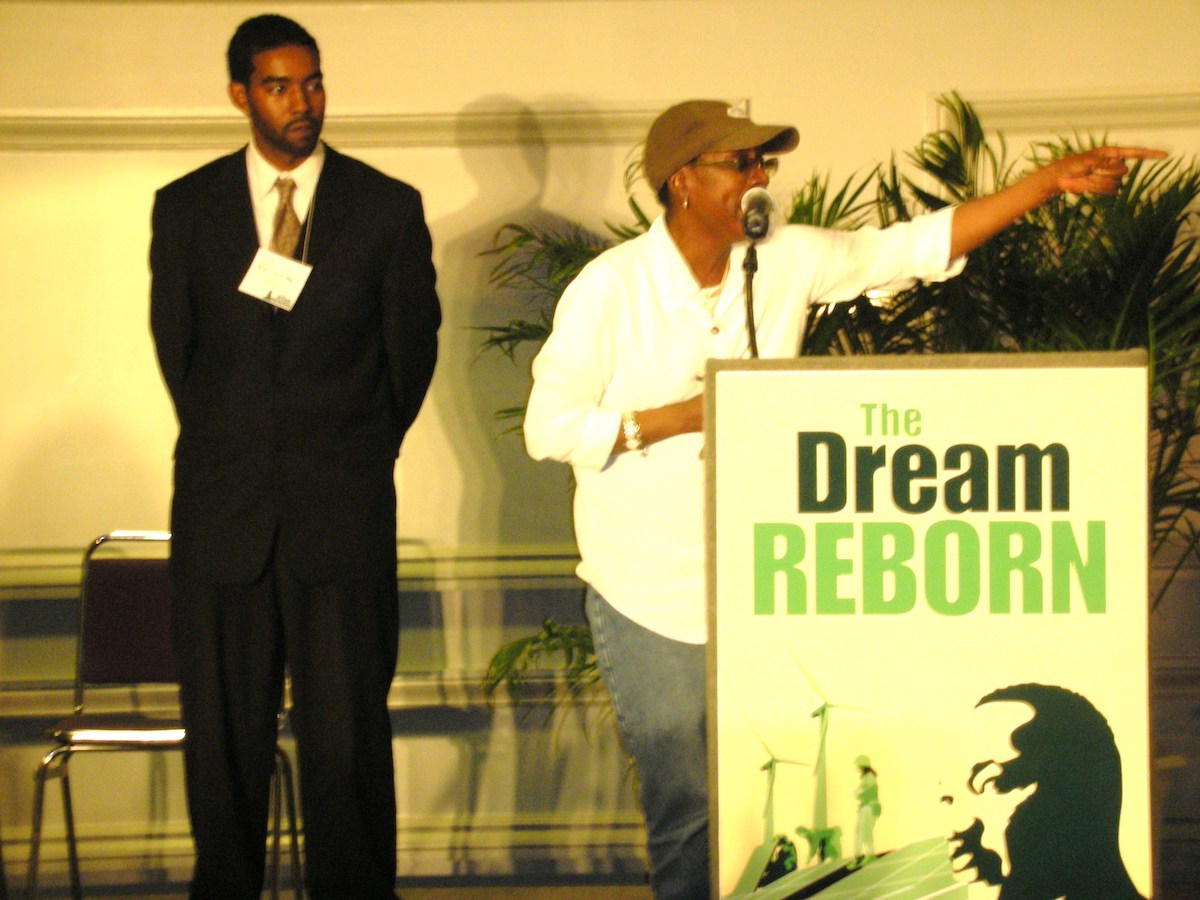
“People need to learn about Afeni’s history because they need to know that she’s the one who passed him the baton,” said Robinson. “She was this remarkable activist, somebody who put herself aside for her community then passed that baton to Tupac and said, ‘Here, it’s your turn now.’”
Afeni Shakur was a lifelong revolutionary and member of the Black Panther Party. Just months after she became a Panther at age 22, she and 20 others were arrested and indicted on charges of conspiracy to bomb several New York City department stores, police stations and landmarks. The trial was called the Trial of the Panther 21. A pregnant Afeni, who had no prior legal experience, successfully defended herself and was acquitted of the 156 charges she faced. Tupac was born one month later on June 16, 1971.
The tenets of Black liberation were passed on to Tupac and eventually made their way into his lyrics. But before he was a hip hop juggernaut writing “Changes,” Shakur was a self-assured East Coast kid who ended up in tight-knit Marin City for his last year of high school.
“They were such a strong community, but then here comes this kid wearing these jeans with ‘Mandela’ written over them,” said Robinson. “They’re making fun of him, but they loved him and they embraced him.”
Here’s when Robinson meets Shakur. The two were introduced through mutual friends from Tamalpais High School. By then, Robinson had already graduated from Tam High and matriculated at UCLA. Shakur was not long from dropping out and leaving Marin City.
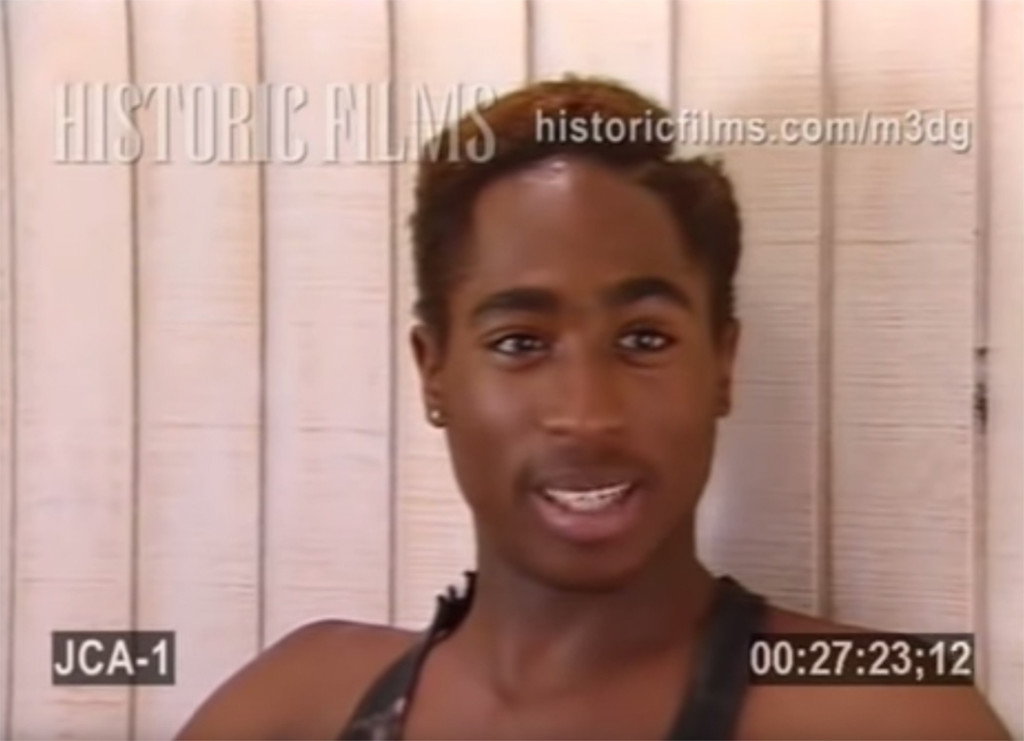
The rapper’s years in the Bay are a vivid read — unsurprising coming from a Bay Area author. But Shakur’s time in Marin was not a dream. He acutely felt the disparity between his standard of living and that of other Marin County residents. Taking the bus to Tam High everyday, Shakur crossed the threshold into a town where mansions dot rolling hills like treehouses.
Robinson is sure to note the story of Marin City, a historically Black enclave within Marin County. For those outside of the county, that history may be unknown. Even for Marin residents, the county’s struggle with segregation often goes unsaid.
Marin City sprung up to house laborers working in the Marin shipyard during the second World War. Many of these workers were African Americans who left the South as part of the Great Migration. Once the war concluded, white residents were able to move deeper into the county while Black residents were excluded through redlining.
If Marin City had an effect on Shakur, then he impacted the town in turn. In 1992, Shakur was signing autographs at a Marin City music festival when a fight broke out between him and his old friends from the town. Shots rang, and a stray bullet killed six-year-old Qa’id Walker-Teal, a boy who was riding his bike around the festival. According to SFGATE, the fired gun was registered to Shakur, though he didn’t pull the trigger.
Shakur’s reputation in Marin may always be marked by this loss. He packed up for Los Angeles and his career skyrocketed, even amid other controversies, legal troubles and the occasional congressional hearing over whether gangster rap hurt America’s youth.
But if you zoom out from America, the West Coast and Marin County, 2Pac is ubiquitous. The writer who passed through Tam High, worked at Round Table Pizza in Mill Valley and hung around the Hamilton Air Force Base can be seen on t-shirts and heard in headphones around the world.
“I’m happy that the book is receiving a warm reception,” said Robinson. “I see readers posting photos of the book in Romania, Finland, Brazil and so many other countries. Honestly, it’s beautiful that Tupac has made such an impact on so many people and has become a global influence.”
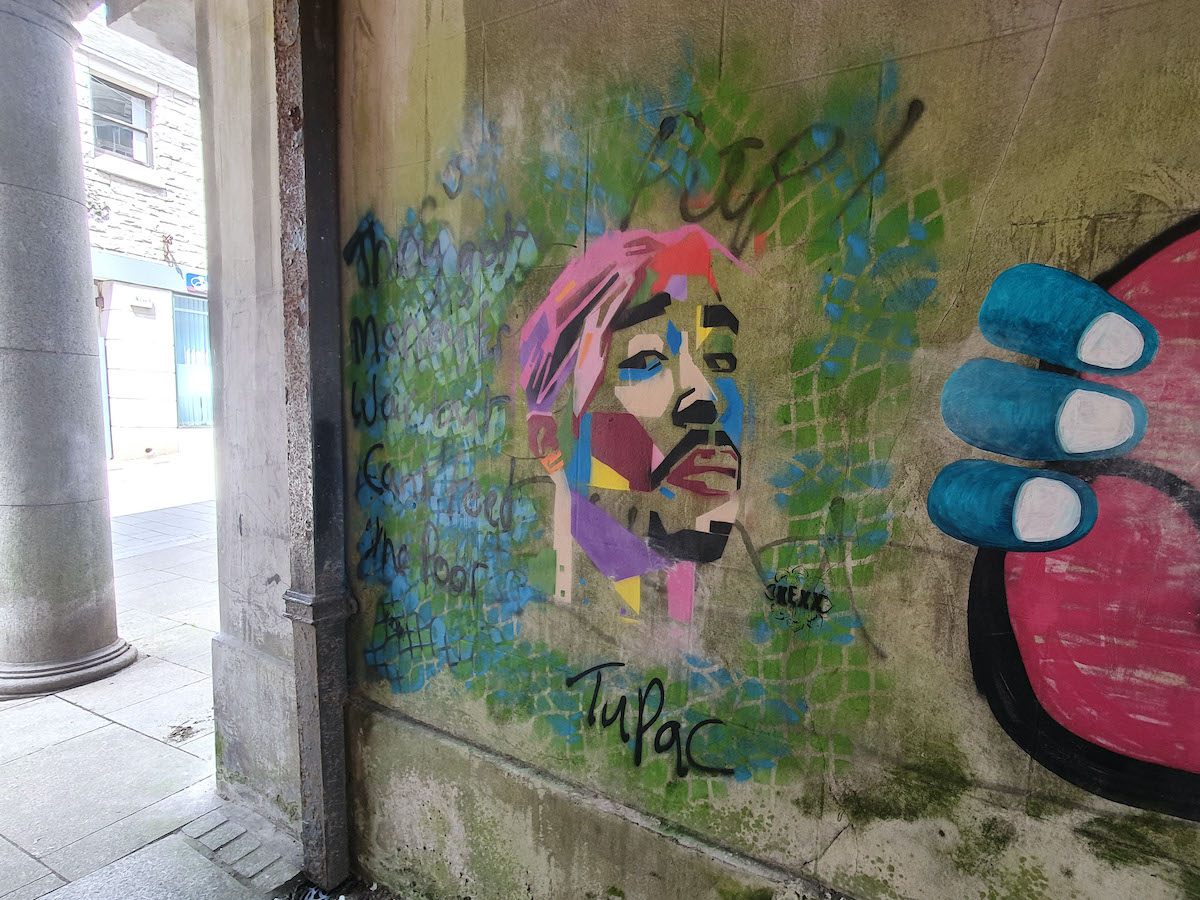
“It just amazes me everytime I look at Tupac’s Instagram and Facebook accounts. They’re filled with posts from people from every corner of the world proudly showing their tattoos of him, wearing t-shirts with his face on it, singing his songs. And I always think, ‘How did we get here?’ Well, we got here because of his music. He put the messages that his mother taught him and that he learned through educating himself in his music — messages that are still relevant today.”
One image that persists through Robinson’s book is Tupac Shakur as the kid who clung to his spiral notebook like a security blanket. His poetry fills out the biography’s pages, and the shaky handwriting of childhood haikus punctuate stories from family and friends. Even with all the writing done by and about Shakur, his abrupt life still inspires more words.
If you know nothing about Shakur, this book has a lot to teach you. If you know everything about 2Pac, no you don’t.
“Tupac was a strong person, but he was also very vulnerable,” said Robinson.
“People identified with these messages because they felt like Tupac was talking to them. They felt that he understood their pain. And people are still in pain today.”
